Seville travel guide – Top 8 sights that you don’t want to miss
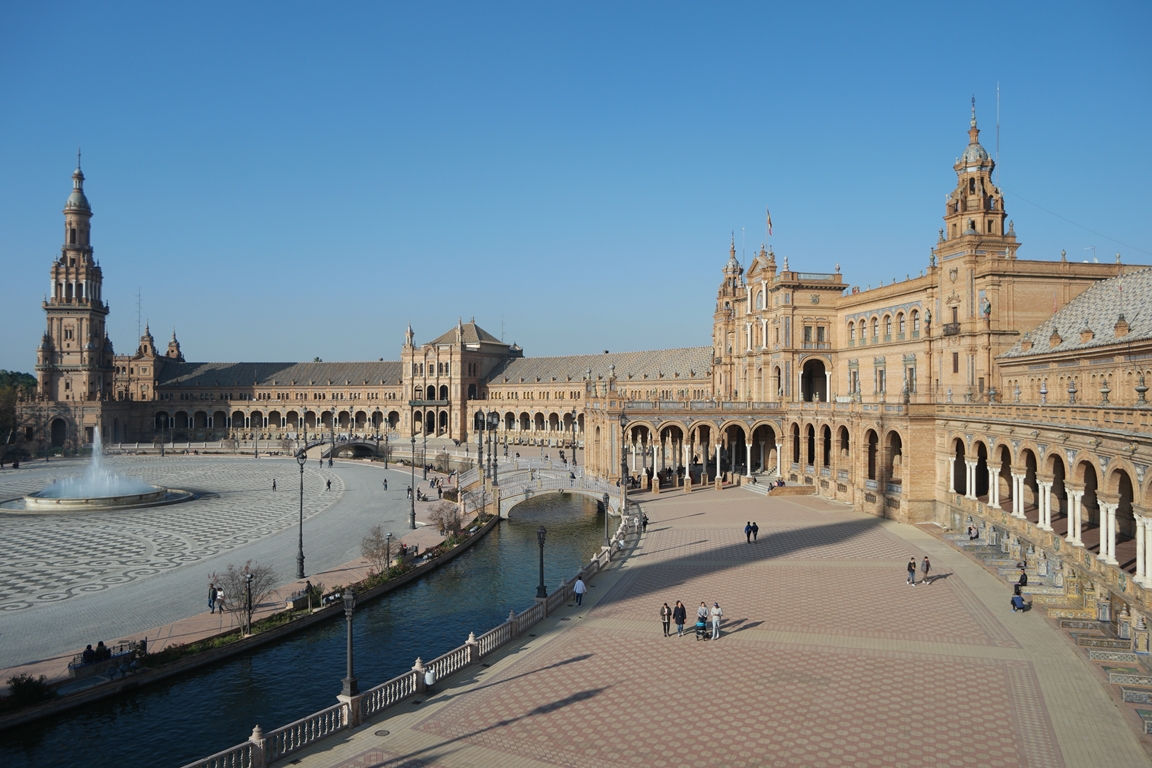
Having been to most of Spain’s major cities (except for Madrid, which is pencilled in for 2018), I visited Seville during Christmas last year for 5 days to escape from the wet and cold winter of Holland. Ablaze in bright sunlight and 10-plus Celsius ground temperature, Seville charmed me away with the beauty of its Mudéjar-Gothic-and-Renaissance architecture blend, the richness of history and traditions, the exotic allure of flamenco dance, the vibrant yet no-fuss vibe from every street corner, the energy and friendliness of Sevillians, and of course the foot-stopping and mouth-watering tapas scenes. From the moment stepping out of the airplane to the moment boarding my return, I was, not even for one minute, without the excitement and the hunger to see, learn, feel, and taste more of this sun-glistening city.
Now let me give you the 8 not-to-miss sights that would surely win your heart, even in just 1-2 days.
1. Seville Cathedral – La catedral de Sevilla
La catedral de Seville is probably the first thing you will see once setting foot in the city centre. This is an immense and magnificent structure, acclaimed as the world’s largest Gothic cathedral, surpassing St. Peter’s Basilica in Vatican City, and Brazil’s Metropolitana Nossa Senhora Aparecida. However, this is based on cubic measurement (!!!). Per area, it is the third-largest and still ahead of Milan’s Doumo. Either way and in any word, it is impressively massive!

Built at the start of 1400s, the construction spanned over a century to convert what was originally a Moorish mosque under Almohad dynasty in the 12th century into a Catholic church. Because of this, the façade is a showcase of complex architectural styles of Moorish, Gothic, and Renaissance design. Standing in front of such awe-inspiring structure, you will see why it is a proud UNESCO world-heritage, one of the four in Seville.
2. Royal Alcázar
The second UNESCO heritage site that is just a stone’s throw away from the Cathedral, the Royal Alcázar Palace is beautiful complex ornamented with breathtaking Mudéjar designs and decorations. Most of what we see today is the spectacle work of Moorish craftsmen assigned by the Muslim emir of Granada, Mohammed V, in 14th century, whose architectural influence is best seen at the Alhambra. It is one of the very few palaces in Europe that are, officially, still in use for royal receptions (though this does not happen often).
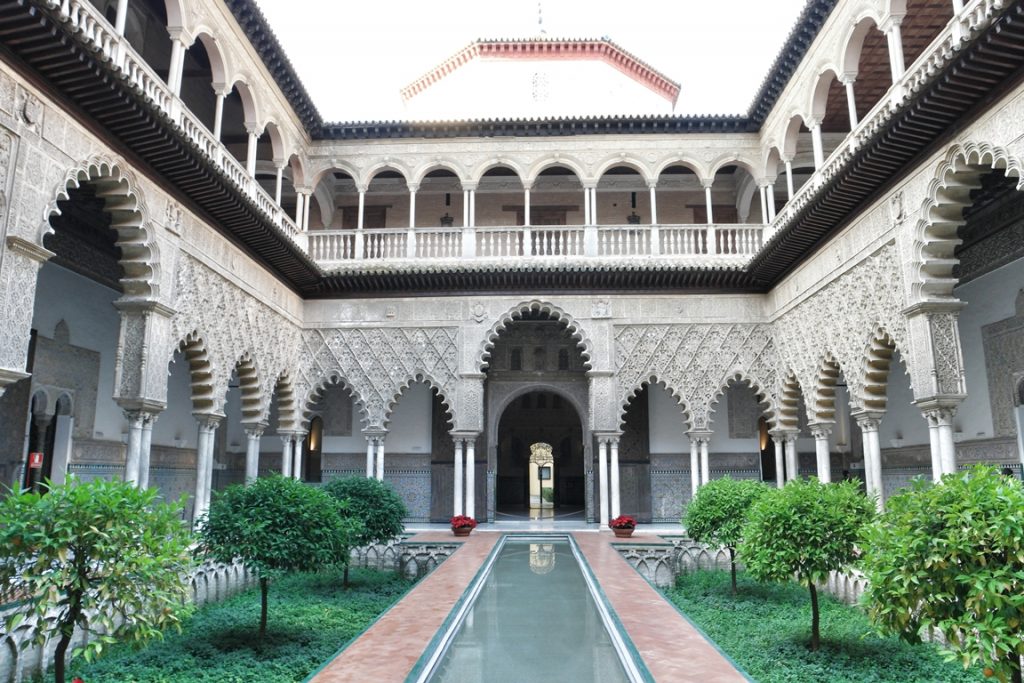
Maidens courtyardThe site consists of a multiple-building structure of halls, rooms, baths, a Mudejar and a Gothic Palacio’s; all adjoined by beautiful courtyards and a collection of gardens in the back. Living up to its fame as Seville’s crown jewel, the Palace is a filming-location for season 5 of Game of Thrones.
3. Plaza de España
Plaza de España is much more than just a “Union Square” that we see around Spain. It spans over almost 50,000 square metres inside Maria de Luisa Park, built between 2914-1928 for the 1929 Ibero-American Expo, where participating countries showcased their national treasures and achievements in industry and crafts. Designed by the Sevillian native architect Aníbal González in a harmonious blend of Renaissance and Neo-Mudéjar styles, the sight radiates a beauty that mesmerise visitors’ eyes from afar. The main complex is a crescent-shaped brick building with ever-stretching walkway and balustrades circling around a 500-m long canal with four bridges. The clear water creates a magical and picture-perfect scene by doubling the grandeur of the plaza in its reflection. The outer wall of the building is clad with 48 colourful ceramic-tiled alcoves, each representing a province of Spain. It is no surprise that Plaza de España got chosen as filming location for many events and movies, including the mega blockbuster Star Wars.
Be prepared to spend a few hours or even half a day here: losing yourself in the beautiful surroundings, trailing the magical archways and balconies, working your camera tirelessly on countless Art Déco ornaments and picturesque angles, indulging your senses in the dramatic flamenco dance of street performers, soaking in the golden sun on one of the fabulous alcove, and immersing in the greenness of Maria de Luisa park.
4. Plaza de toros de la Real Maestranza de Caballería de Sevilla
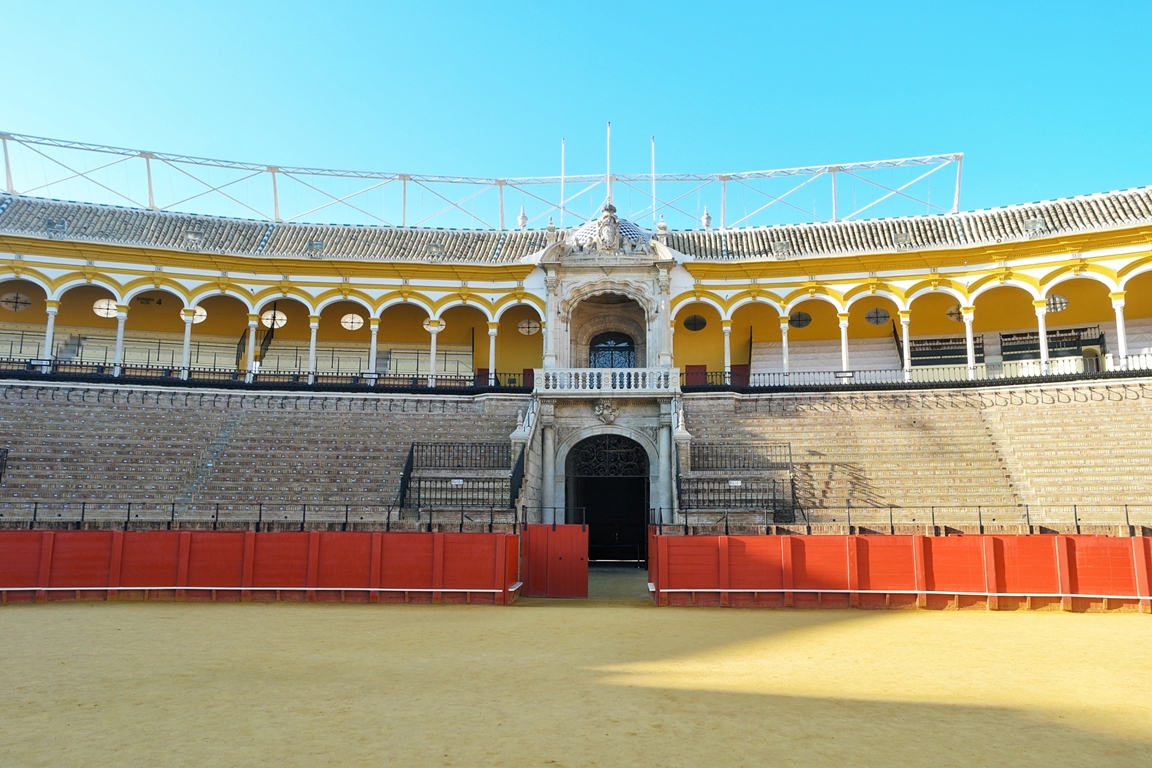
Seville bullring, though not the largest in size, but earned its respect as the oldest and one of the most important bullrings in Spain as well as in the world, where the bullfight season begins during the Feria De Abril. Built in mid-18th century and only finished 120 years later, Real Maestranza de Caballería de Sevilla impresses visitors with its beautiful Baroque building and a museum showcasing the rich history of this noble sport. Why not start your day with a tour of Plaza de toros for a kick of excitement when reliving the fighting scenes on the ground.
5. Metrolpol Parasol – Las Setas de la Encarnación
Literally translated as “Incarnation’s mushrooms”, Metropol Parasol is the most unconventional and probably the most controversial architecture in Seville. The entire outer-face is made of birch wood spanning over 10,000m2 with 6 connecting parasols of 26-m high, this structure is said to costs close to EUR 100 million after 2 years of delay due to construction hiccups. The mushroom complex houses an aquarium, a central market that has been running since early 19th century, an open-air plaza on the first and a rooftop with an impressive panorama view of the city. Standing out as a urban landmark in the middle of Roman and Moorish historical centre, one cannot help but wonder its contextual fit. However, this quirkiness and uniqueness, next to the view high up on the terrace, has made it one of the attractions most worth-visiting in Seville.

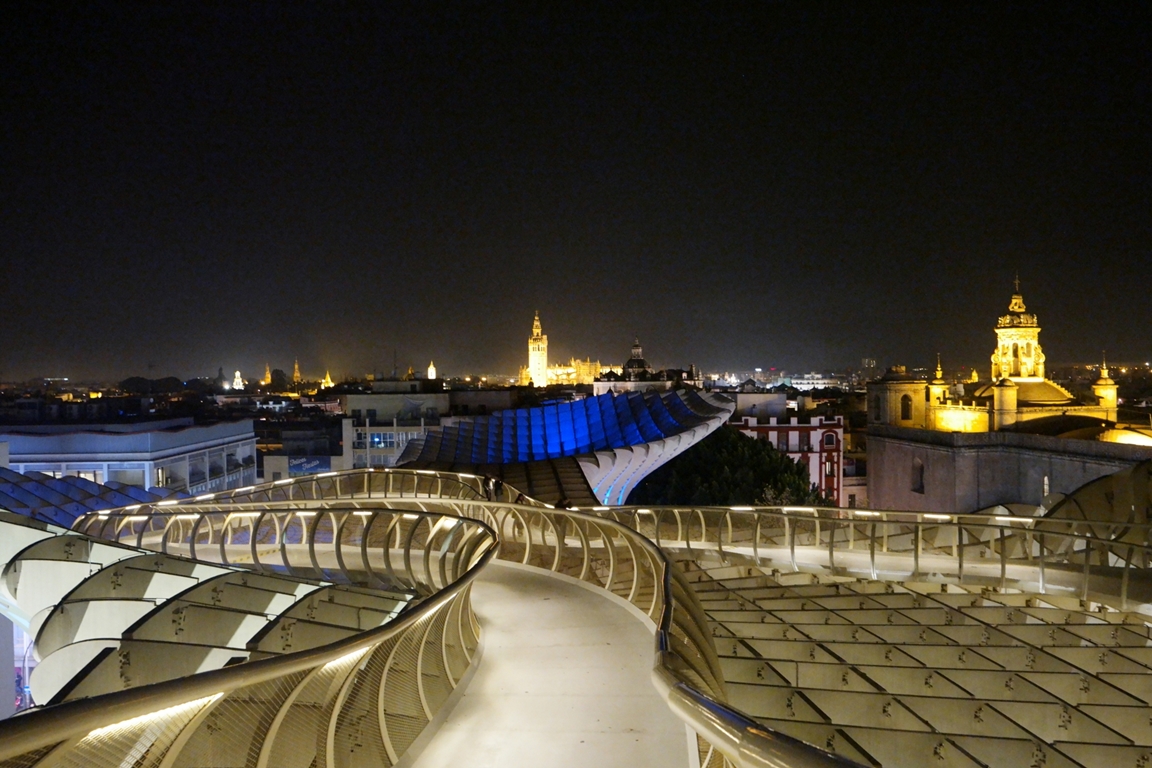
6. Triana market – Mercado de Triana
Triana district, situated across the bridge Puente de Isabell II, was once known as the “Independent republic of Triana”, which was separated from Seville until late 12th century. Traditionally populated among craftsmen, sailors, artisans, bull-fighters, performers and artists, Triana is a culturally vibrant neighbourhood, best known for its craft work of prestigious tiles & potteries, and, predictably, flamenco dance. Walking on the cobbled streets lined with colourful building, humble pretty shops, lively local bars and eateries where locals hang out, along side Triana people in their most basic daily activities, I felt so down-to-earth, free, liberated, and fill of energy. Yes, that’s what Triana does to you ?!
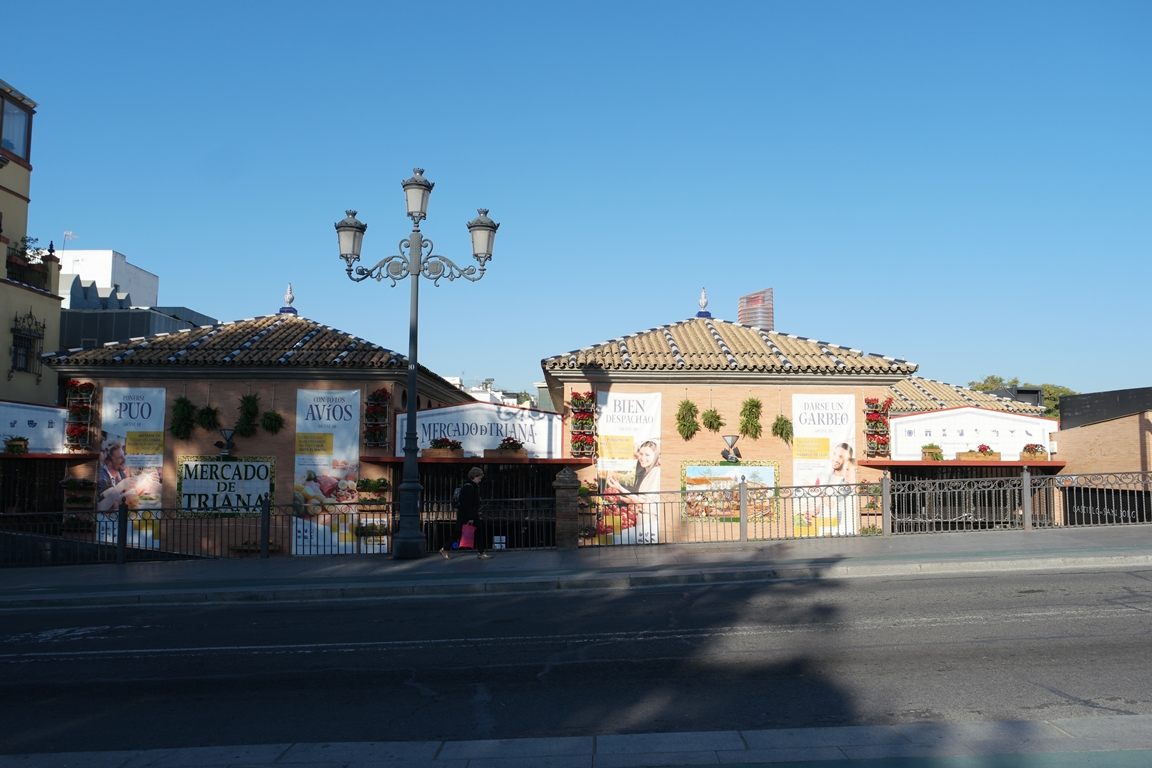
Mercado de Triana is one of the emblems of this old quarter, built on top the remains of Castillo de San Jorge. This is where a traditional market has been running since 1823, where locals frequent for daily fresh produces, have their breakfast with coffee, or gather over tapas and delicious freshly-made food . The market has now become very popular among foreign visitors but still retains all of its authenticity.
7. University of Seville @ the Royal Tobacco Factory – Real Fábrica de Tabacos
One of the things I love about travelling is that I would research and learn so much about the destination and each attraction that I’d like to see or each food that I’d like to try – the place itself, the people, culture, history, and what makes it special. Before the trip, it’s about scouring various travel websites, blogs, saved articles, and words-of-mouth. During the trip, it’s about learning “on-the-spot” during a guided/walking tour, reading brochures, listening to audio guides while appreciating what lays fore. And after the visit, I would often reflect with a bullet-point note on my mobile that same night about what I like, don’t like, the specials, and the ordinaries of the place.
Real Fábrica de Tabacos is one of the places that I only bookmarked on my itinerary to learn all about it there and then. And the facts are very intriguing!
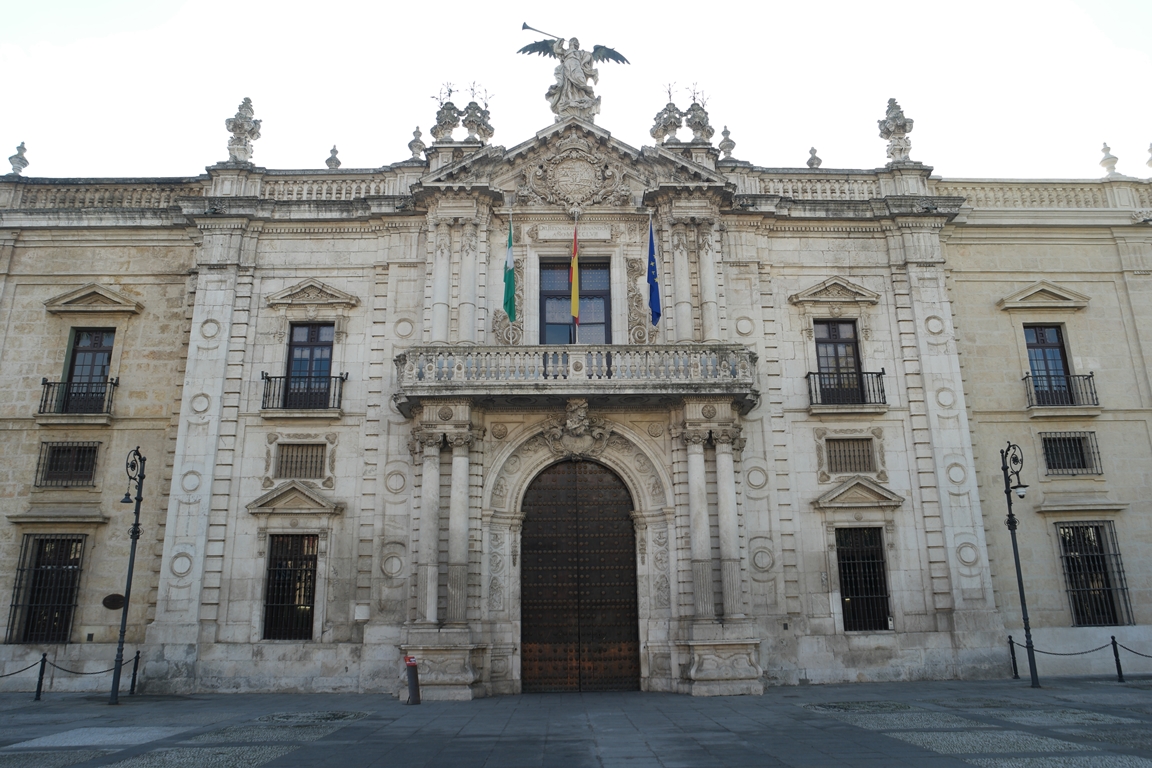
Spain was the first country in Europe trading tobacco after Columbus discovered the New World in 1492. The nation thrived on tobacco monopoly for the next few centuries. In 1614, Seville became the tobacco capital of the world – all trade in and out of Europe as well as to Spanish colonies have to go through Seville. To promote the industry further, Real Fábrica de Tabacos (Royal Tobacco Factory) was built in 1728 and, upon completion 30 years later became the second largest building in Spain after the royal residence El Escorial.
In 1950s, the factory was moved outside of the centre and this historic building became the headquarter of University of Seville. Many aspects of the complex remain very much in its original forms and designs. It is free to enter and explore inside this beautiful Renaissance stone-building during weekday or every day during summer. However, if you happen to visit on a holiday, I’d suggest to join a walking tour to hear all about the history of tobacco, the factory, about how cigar-rolling became a largest female-only in those days, and the interesting tale of the gypsy girl Carmen.
8. Flamenco show at the Museo del Baile Flamenco
There are many places in Seville where you can see a flamenco performance: from small to large theaters, from flamenco bars (casa) to official institution such as the Flamenco Museum, and from private studios to public places (like street performers). Each venue offers a different atmosphere and level of performance that would bring you a different emotion and, for first-timers like myself, a different perception of this art. The one-hour show at the Flamenco Museum was probably the most exuberant, emotionally intense, and dramatic performance that I’d ever seen. The trio of dancing, singing, and guitar together created a powerful and beautiful expression of tales and emotions.
Here you have the chance to delve further into the history and manifestation of flamenco, the artefacts, objects and celebrated artists in the museum and exhibition areas.
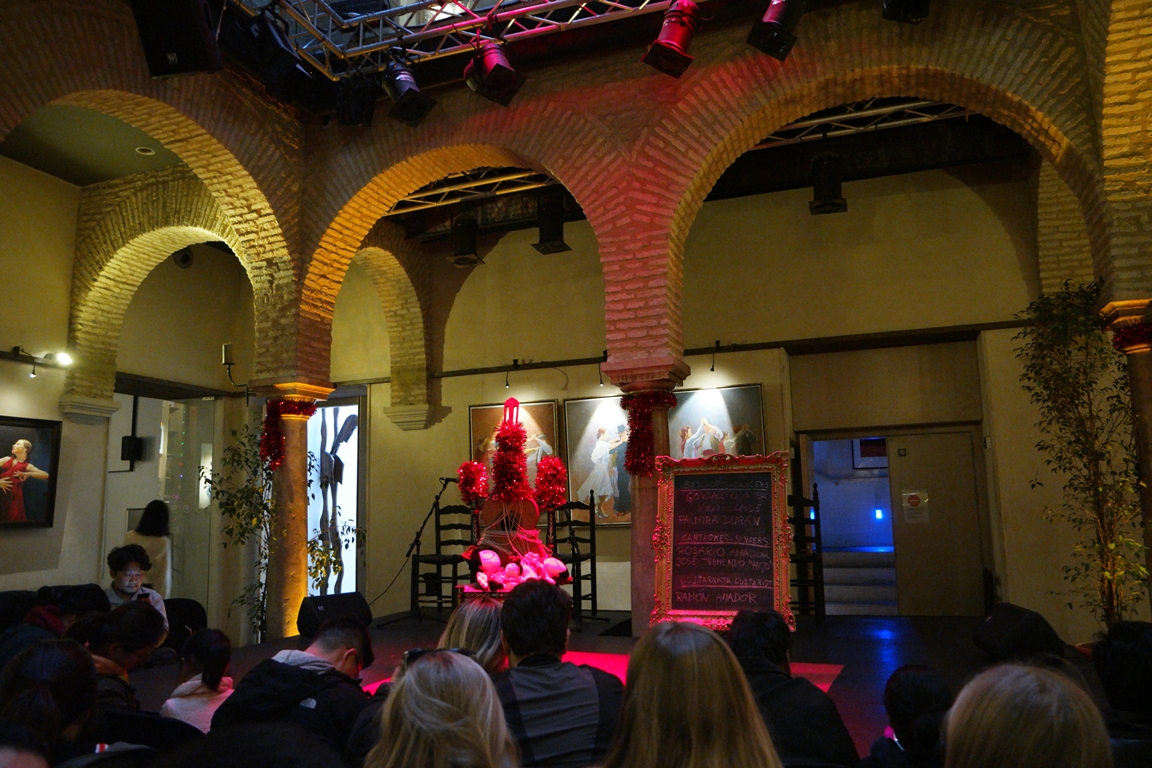
With these 8 unmissable attractions, I hope to give you some inspiration for your feet and your heart while visiting this magical and beautiful city. And I would love also to hear from you what you like, tried, and recommend!!!
Hasta la vista!
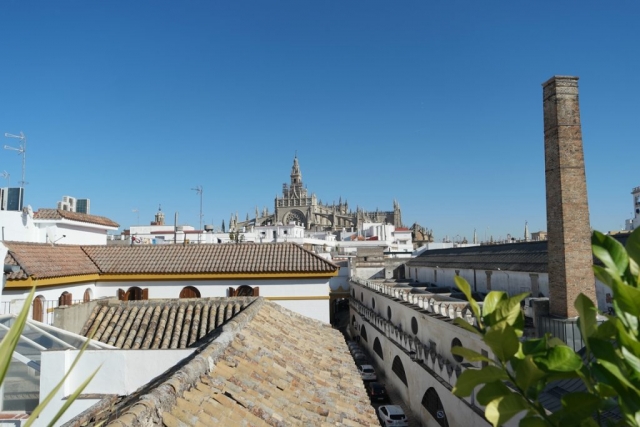
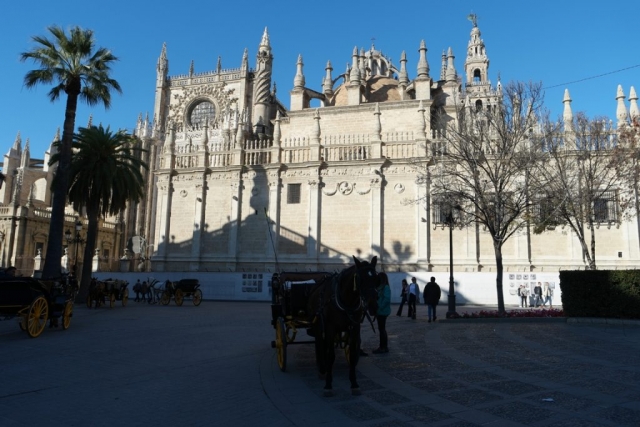
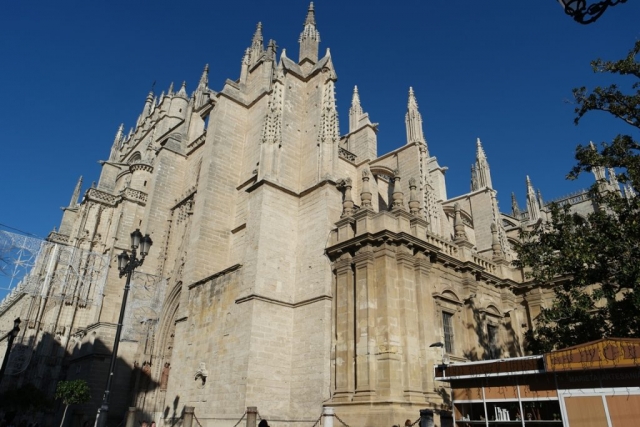
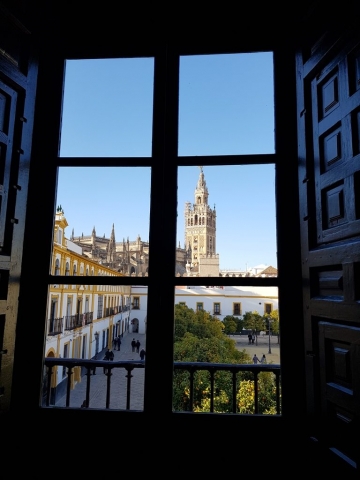
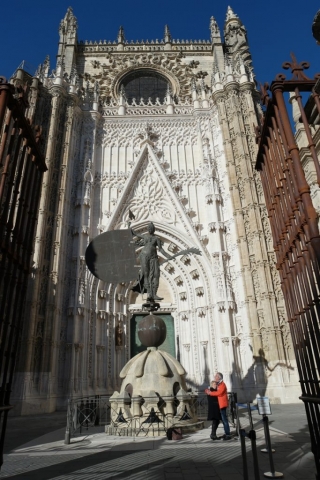
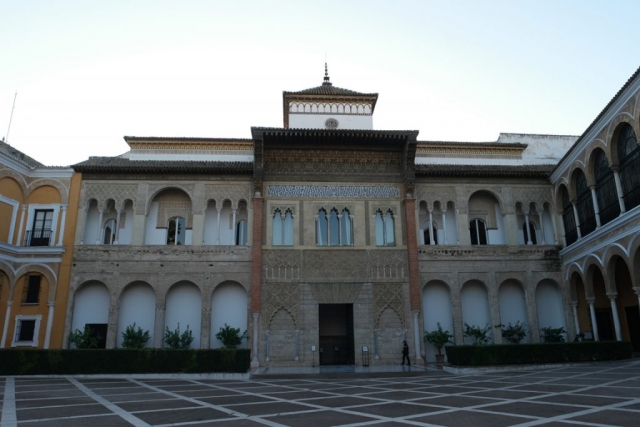

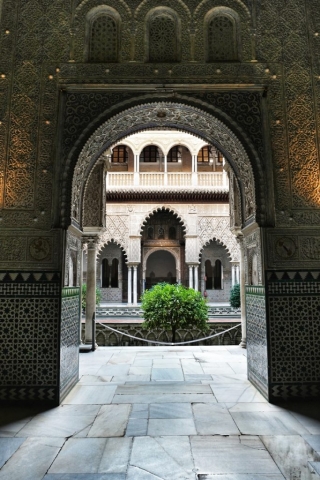
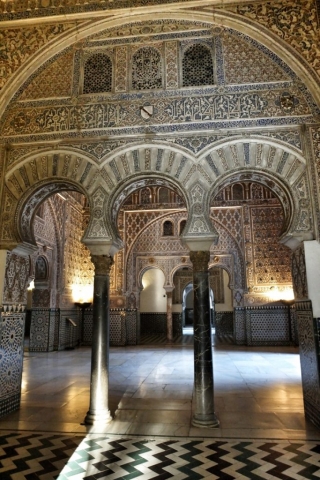
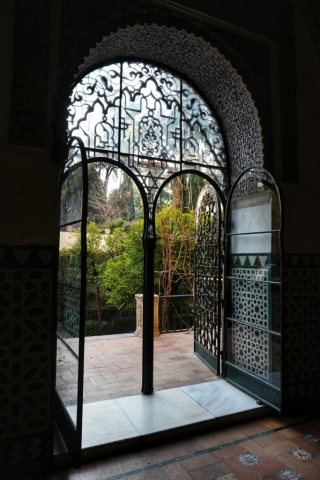
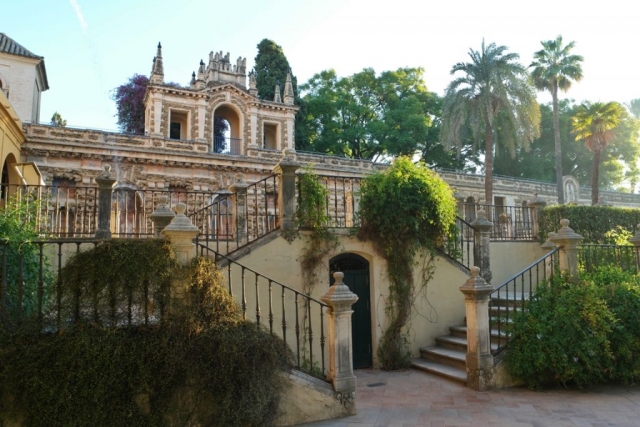

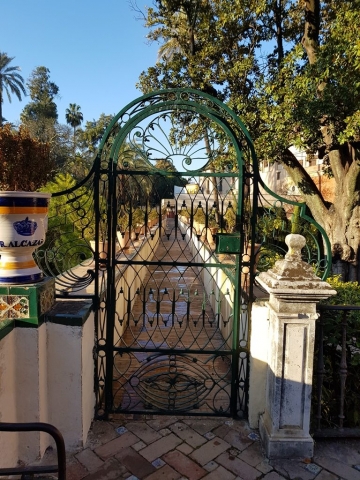

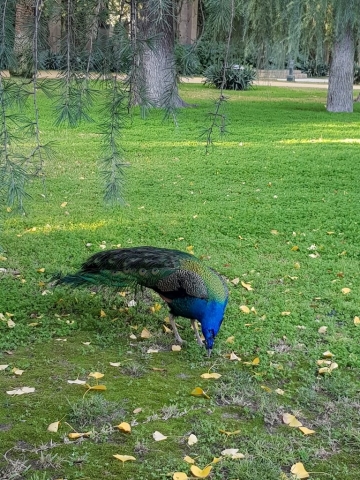

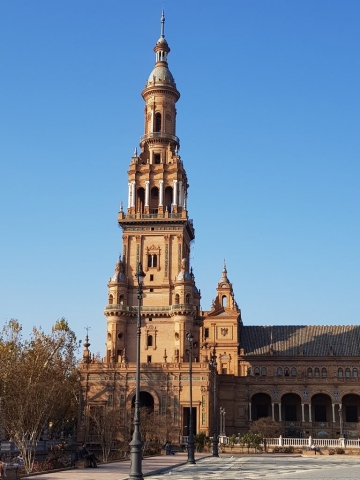
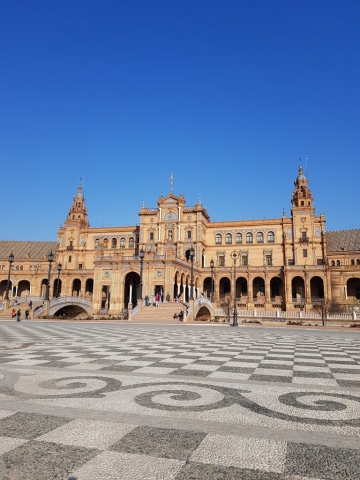
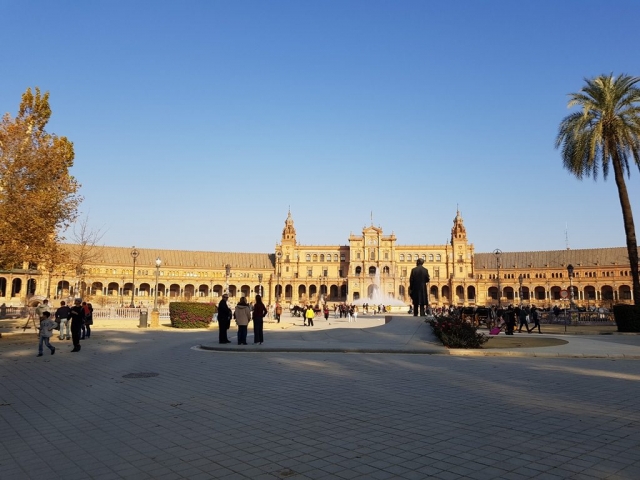

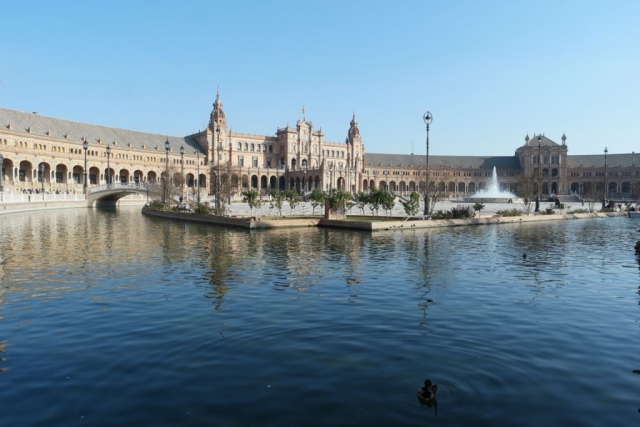
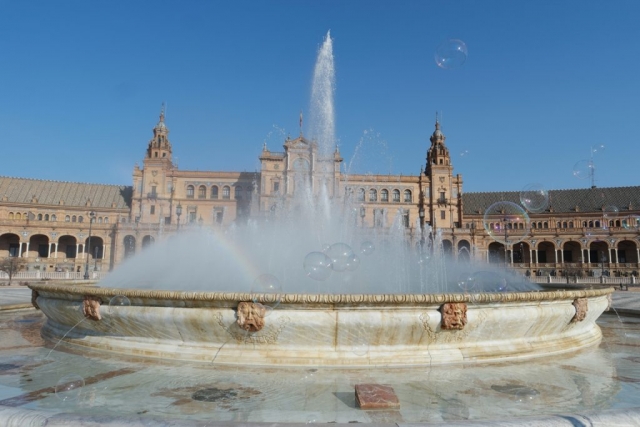

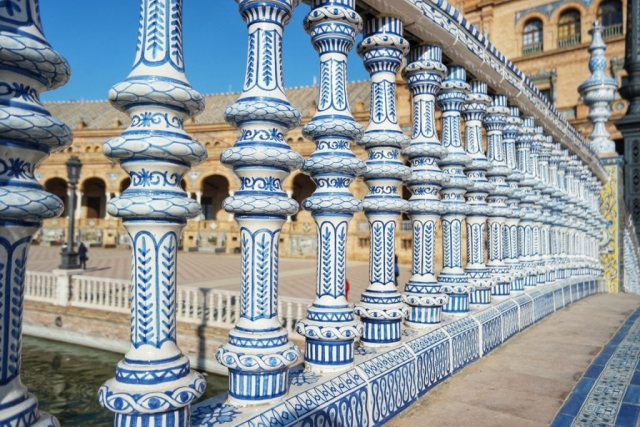
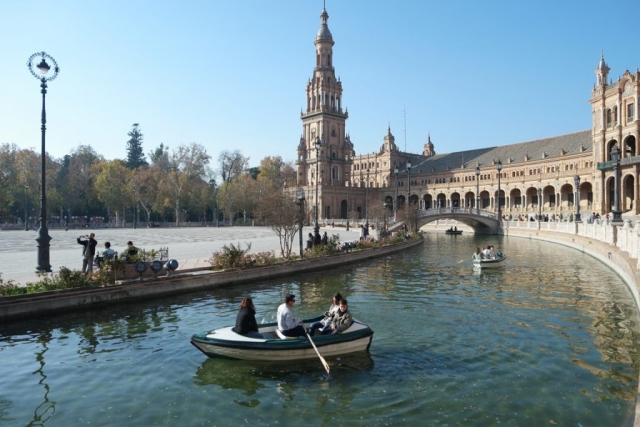

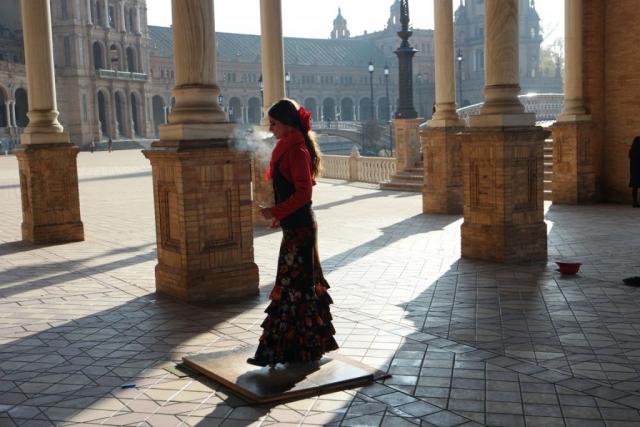
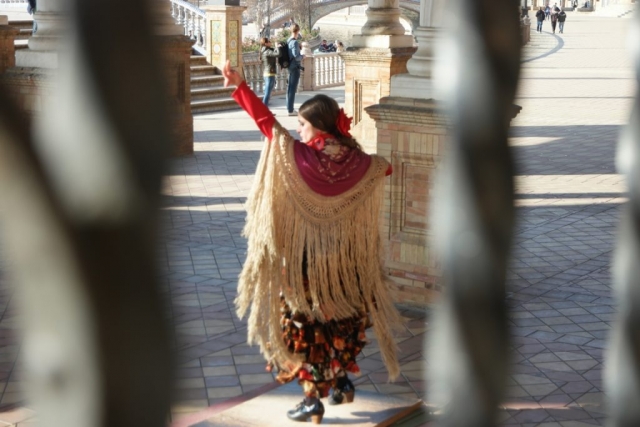
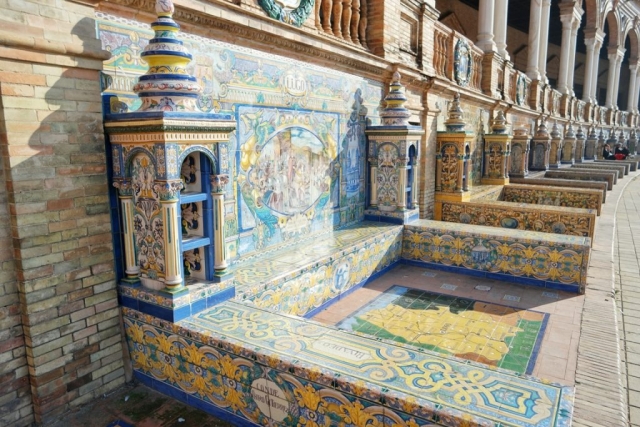
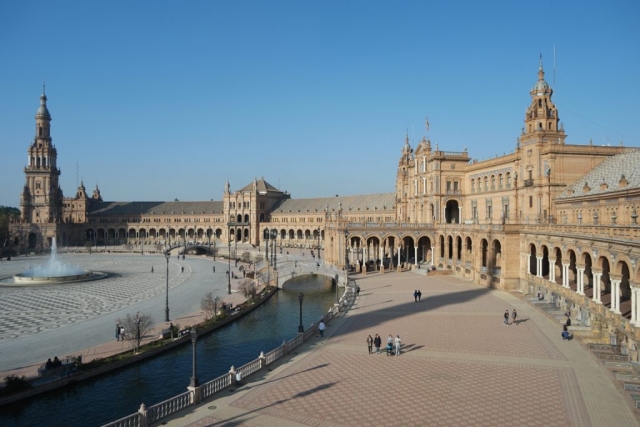
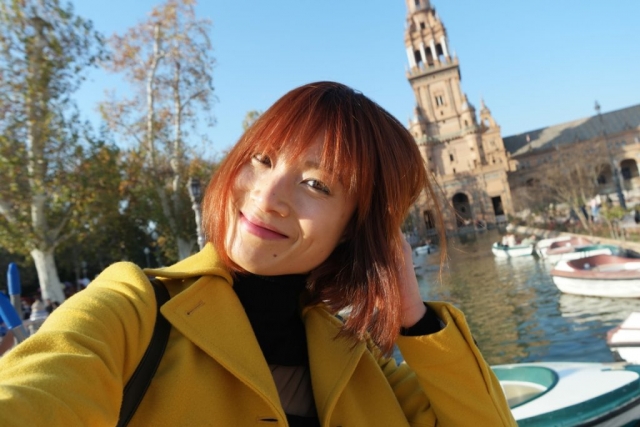
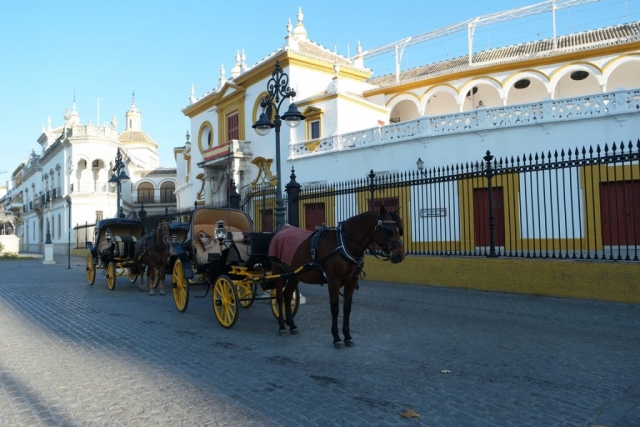


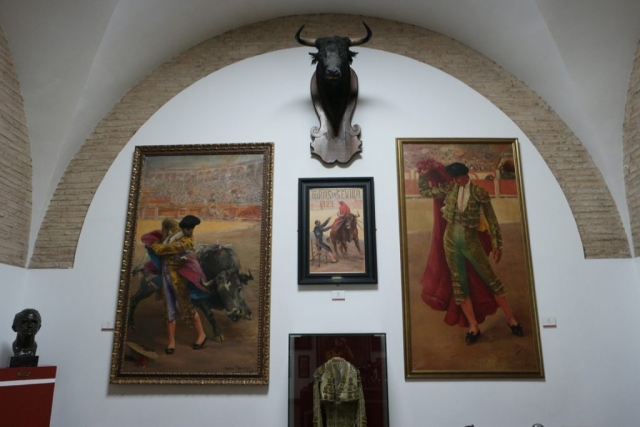
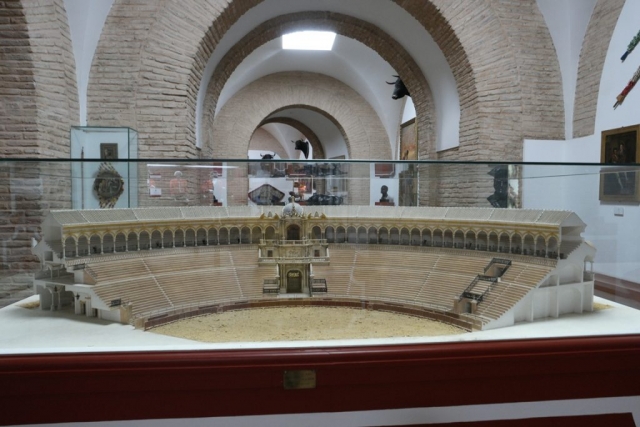
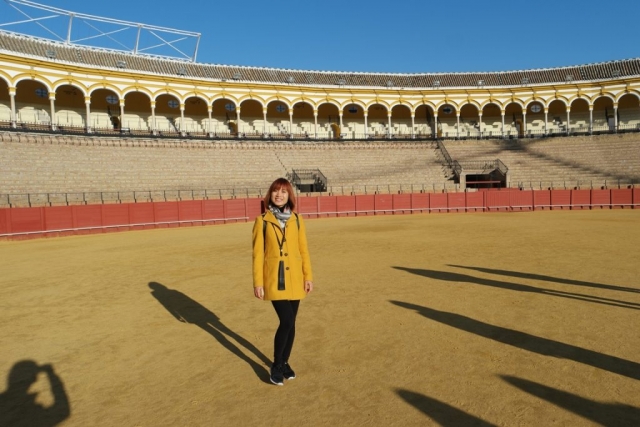
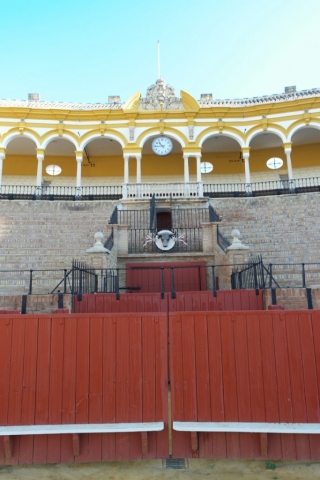
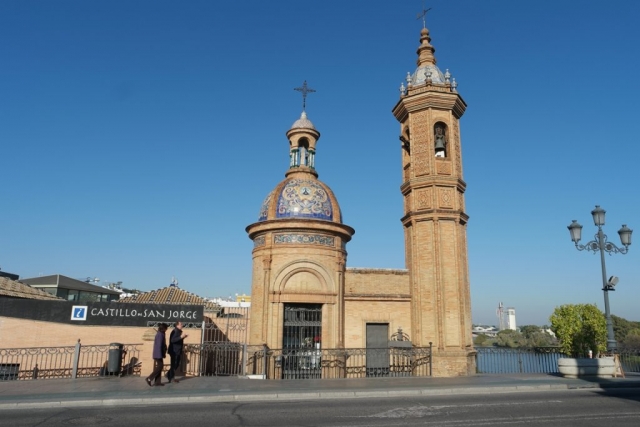
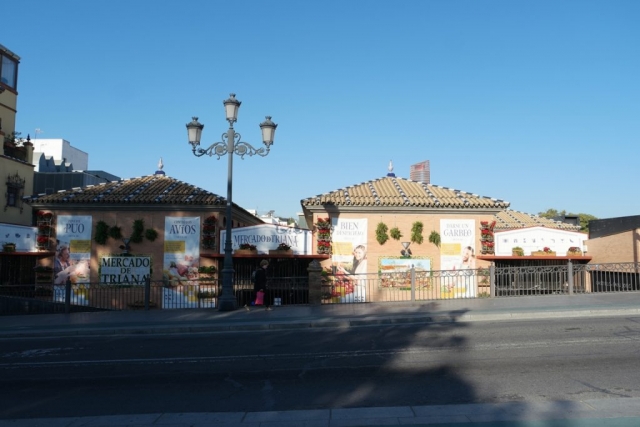
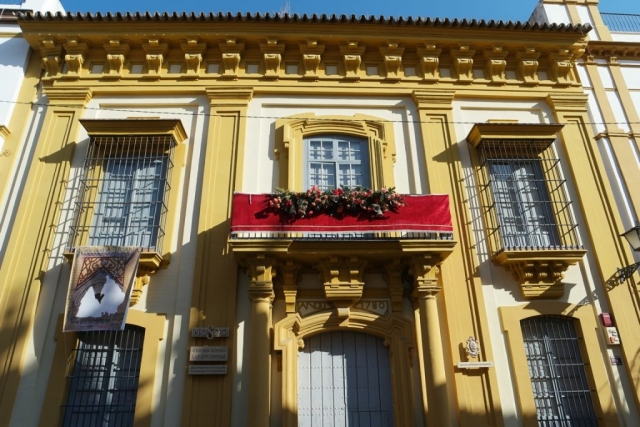


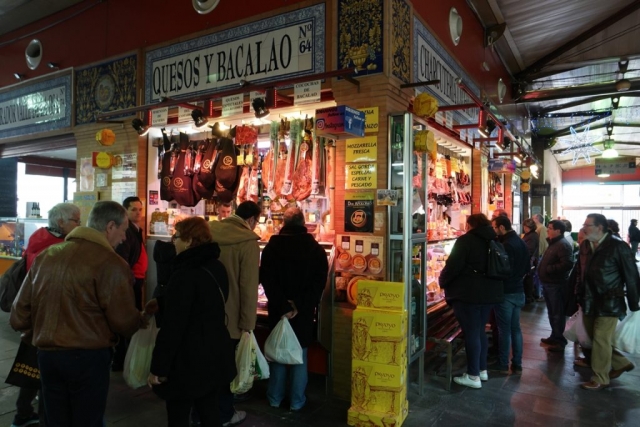

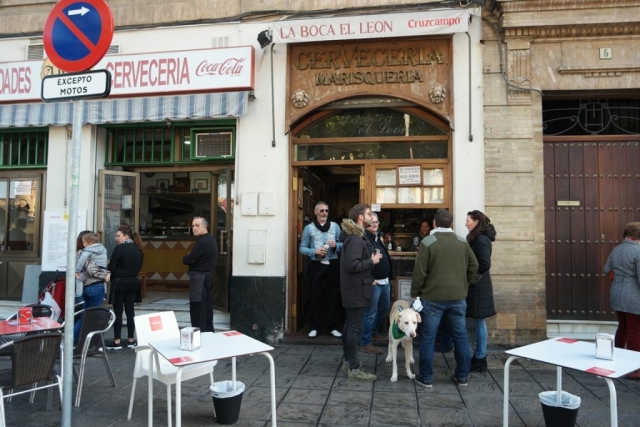
You must be logged in to post a comment.